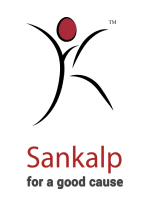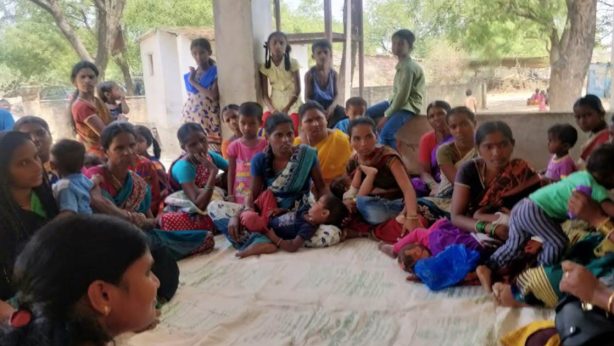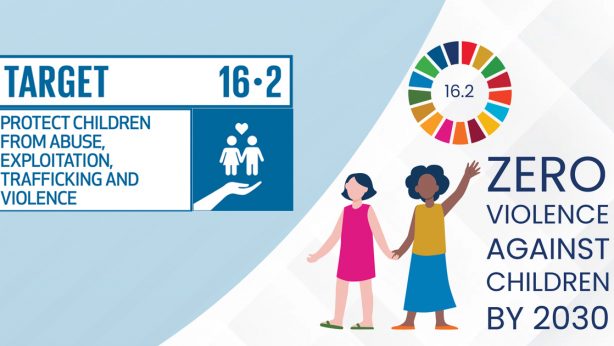Sankalp Blood Donation Camp – Improving Quality of Life of Children Battling Thalassemia & Blood Cancer
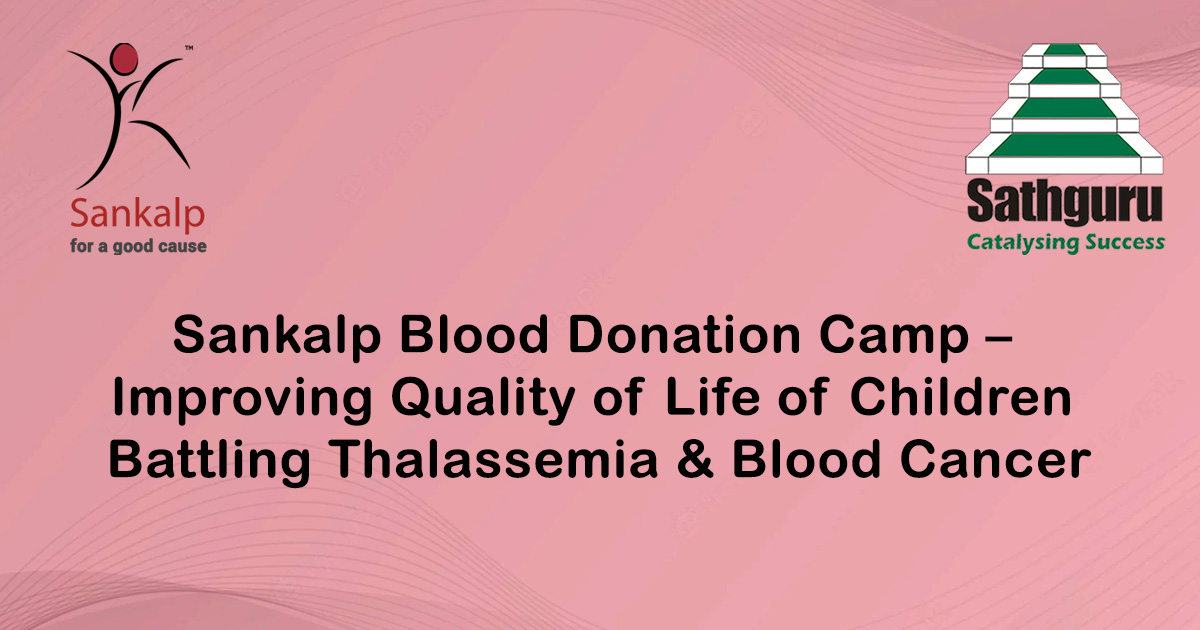
Know More About Thalassemia and How Your Pint of Blood Can Prolong Children’s Lives
A lot of enthusiastic donors walked in to donate blood during the Sankalp annual blood donation camp held on 30th August 2022. The prospective donors were asked to fill out a form to check their eligibility. A blood pressure, hemoglobin test, and a small question-answer round on health profiles were conducted, and only eligible donors were advised to donate blood.
First-time donor Kalyani felt very happy when doctors said she was healthy and eligible to donate blood. She thought that blood would be drawn from every donor who walked in but never knew there was a procedure to donate blood. ” I really feel thrilled to donate blood because someone will receive this precious gift – the gift of life.”
What she learned through this camp is that her blood will be received by a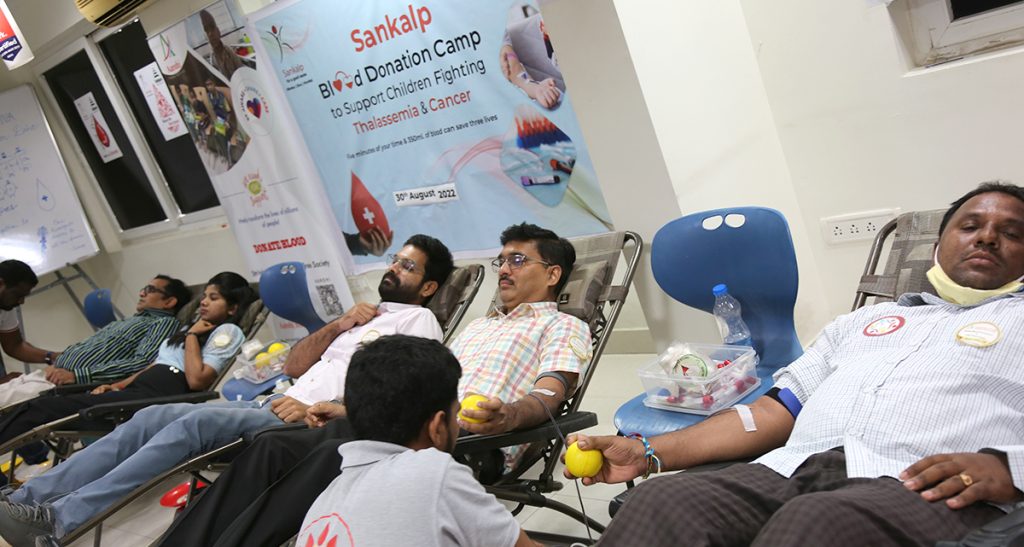 child battling thalassemia or blood cancer and for children fighting thalassemia, blood means life, and “without blood transfusions, it would be game over for these children.”
child battling thalassemia or blood cancer and for children fighting thalassemia, blood means life, and “without blood transfusions, it would be game over for these children.”
To increase life expectancy and enhance the quality of life for those impacted by thalassemia and cancer, Sankalp conducts annual blood donation camps, collects blood from eligible donors, and donates the same to children. Sankalp also creates awareness of Thalassemia to encourage more donors. Sathguru staff, friends and family members, and a significant number of donors from nearby corporates walk in good numbers and donate blood voluntarily.
While enthusiasm remains, many questions and fears swirl in donors’ minds.
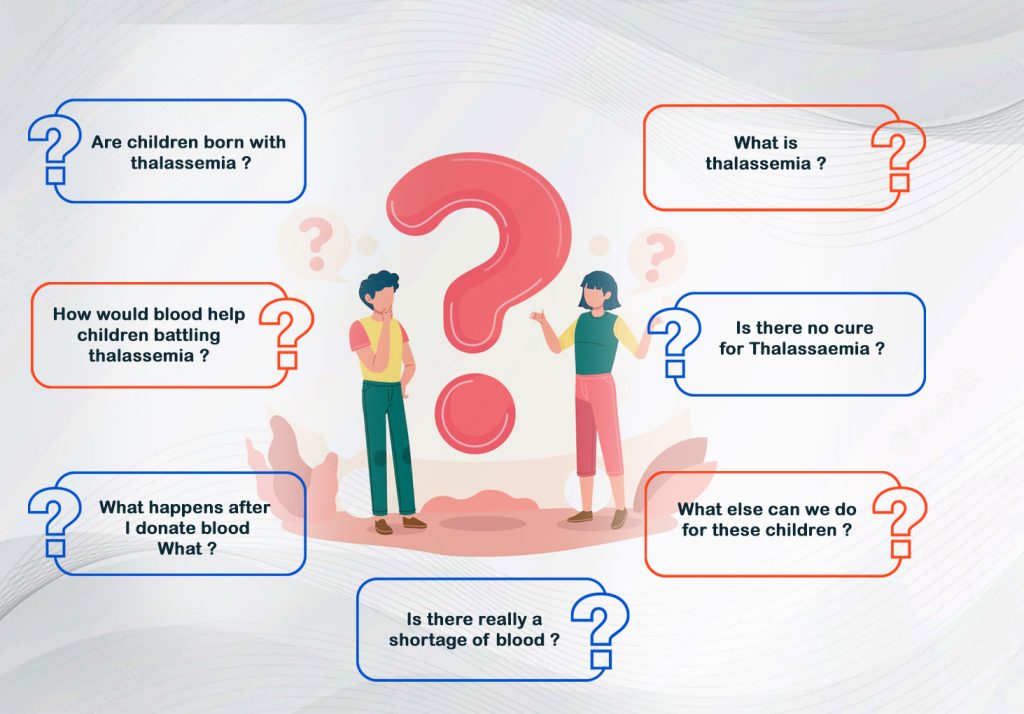
One pint of blood can save a life or even several if blood is separated into its components – red cells, platelets, and plasma – which can be used individually for patients with specific conditions.
All about thalassemia and blood cancer in children
Thalassemia is a genetic blood disorder found in children. It is an inherited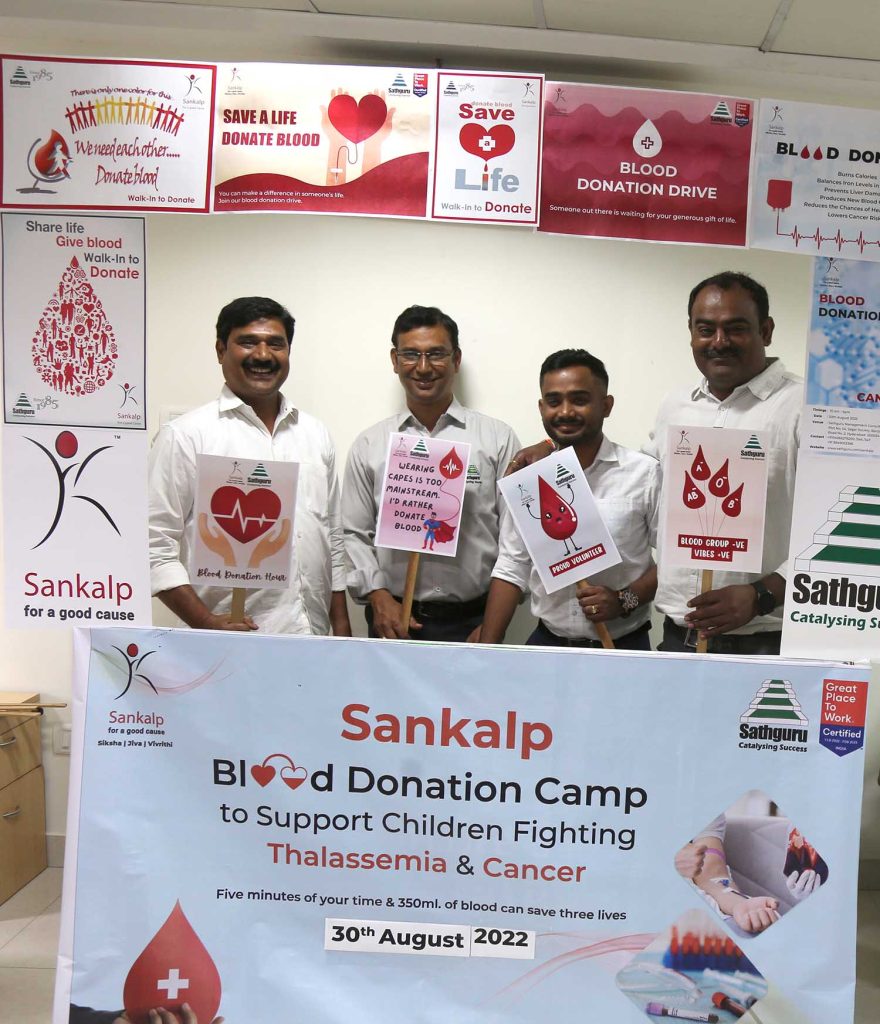 blood disorder resulting in fewer red blood cells, leading to less hemoglobin. Children with Thalassemia inherit the genes from either of their parents, and the disorder is most common in communities with consanguineous marriages. In India, over 10,000 children are born each year with the major form of this often-fatal condition, accounting for 10% of the total world incidence of thalassemia-affected children. 1 in 8 thalassemia carriers lives in India. In India, there are nearly 42 million carriers of the thalassemia trait.
blood disorder resulting in fewer red blood cells, leading to less hemoglobin. Children with Thalassemia inherit the genes from either of their parents, and the disorder is most common in communities with consanguineous marriages. In India, over 10,000 children are born each year with the major form of this often-fatal condition, accounting for 10% of the total world incidence of thalassemia-affected children. 1 in 8 thalassemia carriers lives in India. In India, there are nearly 42 million carriers of the thalassemia trait.
If either of the parents is thalassaemic, there is a 25% chance that their children will also have the disorder. However, Thalassemia can effectively be prevented by premarital blood screening so that one can avoid marriage with another carrier. If a thalassaemic woman is already pregnant, prenatal screening can help identify the thalassaemic traits in the fetus and depending on the need, medical termination of pregnancy could be opted so that one could reduce the birth rate of those affected with thalassemia. Such parents could be advised to limit family members or choose to go for legal adoption. However, if couples still desire to continue the pregnancy, it would be high risk and requires multidisciplinary management.[i]
Thalassemia and its treatment
Hemoglobin is the oxygen-carrying component of the red blood cells. It consists of two different proteins, an alpha and a beta. If the body doesn’t produce enough of these two proteins, the red blood cells do not form properly and cannot carry sufficient oxygen. The result is anemia that begins in early childhood and lasts throughout life.
Four types of thalassemia range from mild to major effects on the body. While mild cases, children may feel tired, and generally, treatment is not needed; in severe cases, children need regular blood transfusions. However, in severe cases, children develop multiple complications like heart ailments, and the condition could become fatal before they reach the age of 30.
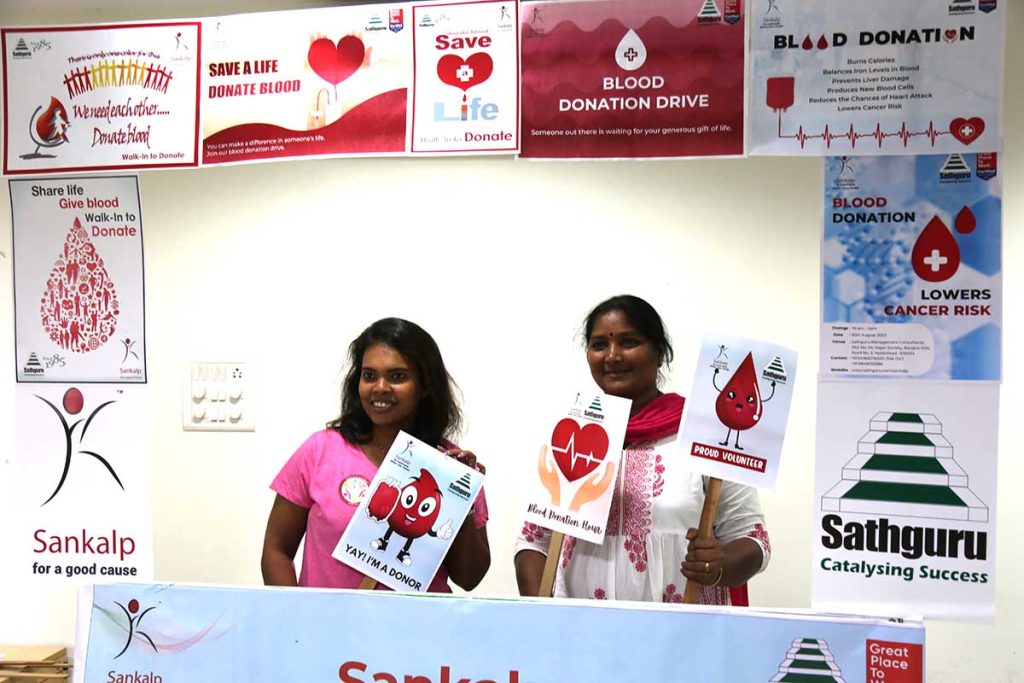 A bone marrow transplant may sometimes be used to treat thalassemia permanently. However, it requires Human Leukocyte Antigens (HLA) matched donors, and the donor must match a minimum of 6 HLA markers. However, getting HLA matched donor is quite challenging and expensive for families from low socioeconomic backgrounds.
A bone marrow transplant may sometimes be used to treat thalassemia permanently. However, it requires Human Leukocyte Antigens (HLA) matched donors, and the donor must match a minimum of 6 HLA markers. However, getting HLA matched donor is quite challenging and expensive for families from low socioeconomic backgrounds.
Though blood transfusion is the only option, it is not problem-free for children too. Sometimes, repeated transfusions of blood cause reactions like high fever, nausea, diarrhea, chills, and low blood pressure. Another side effect of frequent blood transfusions is the accumulation of iron in the body, which can damage children’s vital organs. Though there is medication to get rid of excess iron, drugs are expensive. In addition, sometimes, children are at an increased risk of blood-borne infections like HIV, Hepatitis B, and Hepatitis C. While thalassemia treatment becomes very heavy on pockets of families, it plays havoc in children’s lives; it not only affects their school grades but also affects their socialization with their peers affecting their beautiful childhood and fun that they usually should enjoy.
Sankalp’s blood donation camps– a relief for children battling thalassemia and blood cancer
Red blood cell transfusions are a standard treatment for all major forms of thalassemia. These frequent transfusions will temporarily give the individual a healthy supply of red blood cells with normal hemoglobin.
There might be the hope of a cure for every child with Thalassemia in the future. But currently, safe blood transfusions and affordable medication are only the means to help children to reach adulthood.
So, children need a transfusion at regular intervals, and the need for blood never stops, and the services of donors like you never stop. Donating blood is what any healthy individual can do. Your donation not only saves lives but will set as an inspiration for others to donate and bridge the gap between the demand and supply of blood. And spread awareness of premarital and prenatal testing to root out thalassemia.
Join Sankalp to ensure timely access to safe and sufficient blood for children battling thalassemia and blood cancer
[i] https://nhm.gov.in/images/pdf/in-focus/NHM_Guidelines_on_Hemoglobinopathies_in_India.pdf
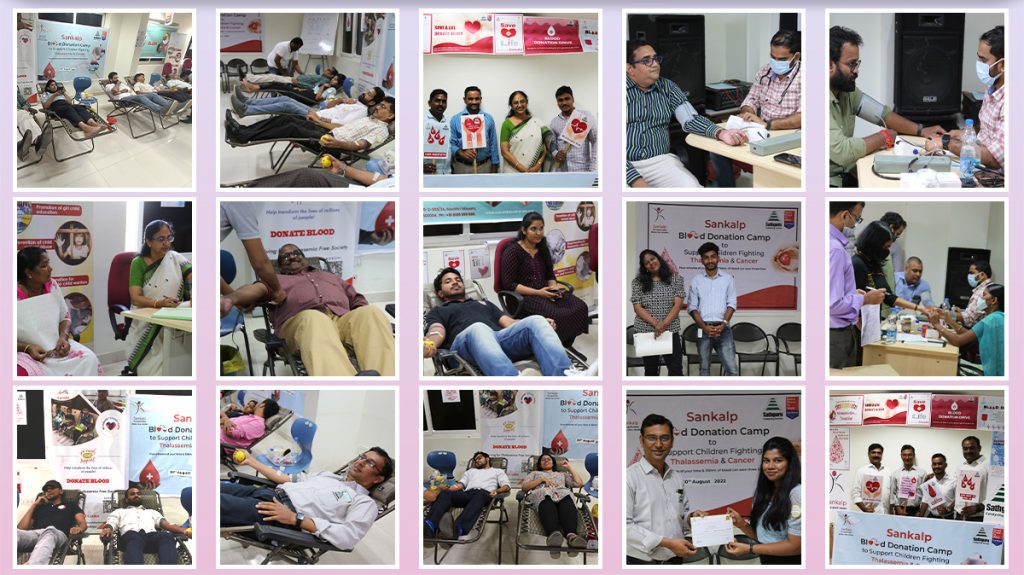
Author:
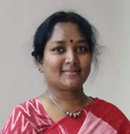
Raja Rajeswari
Associate Vice President – Development
